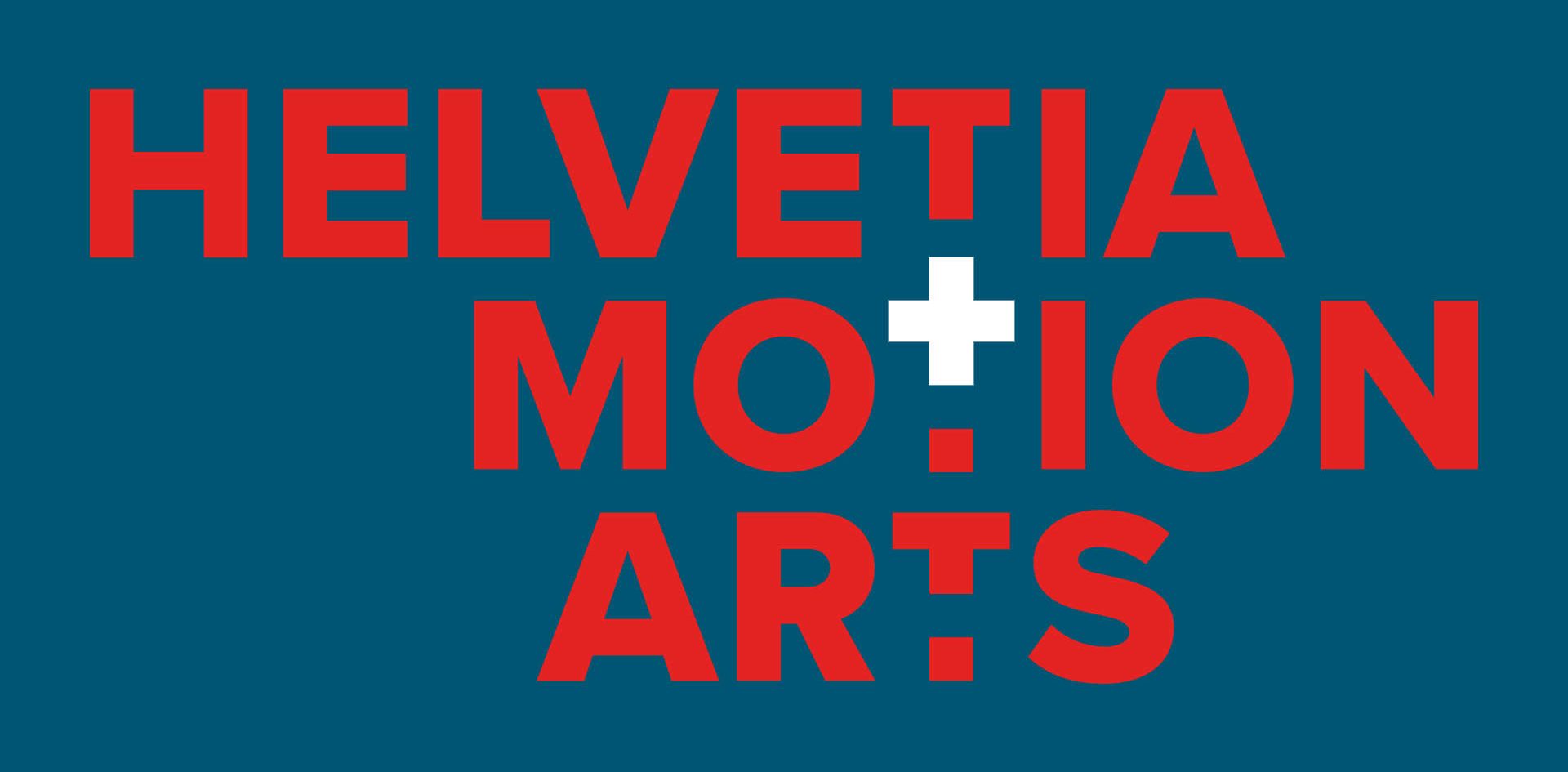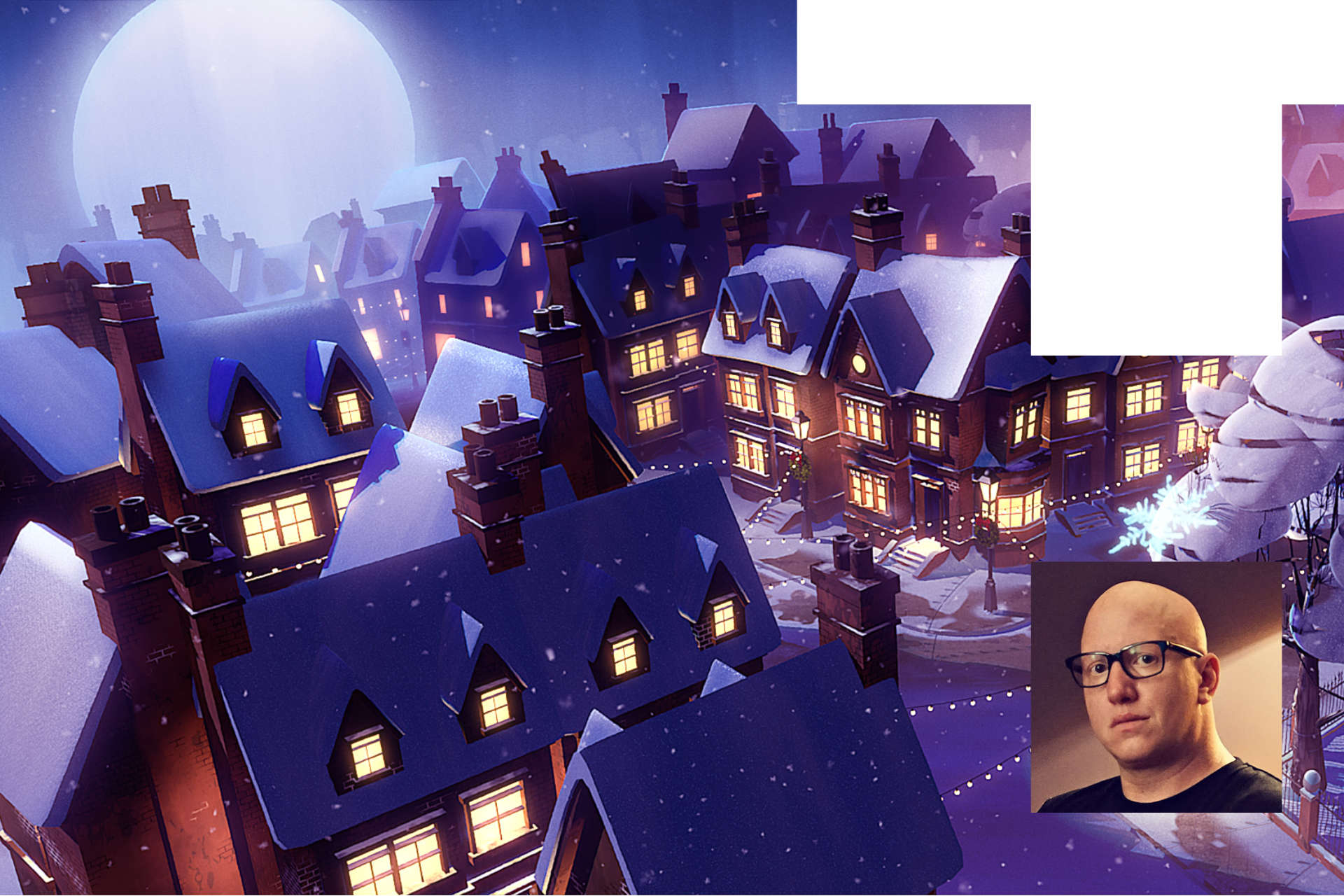
Neil Stubbings is a Swiss director and creative director with over 20 years of experience, known for combining sharp storytelling with a playful sense of humor. From award-winning campaigns to motion design and short films, he has built a distinctive creative voice that resonates well beyond Switzerland.
You’ve built an impressive career spanning more than two decades, what initially inspired you to pursue motion design and directing?
I originally trained as a graphic designer. After my apprenticeship, I felt I wanted something more exciting, something that went beyond static design. At the time, motion graphics wasn’t a widely used term, so I didn’t even know what I was looking for. Then I stumbled across a job listing for an internship in the on-air promotion department of a private TV station, TV3 (which no longer exists). That was where I first came into contact with After Effects, and I was instantly hooked. Animation fascinated me right from the start, and I realized this was the direction I wanted to take.
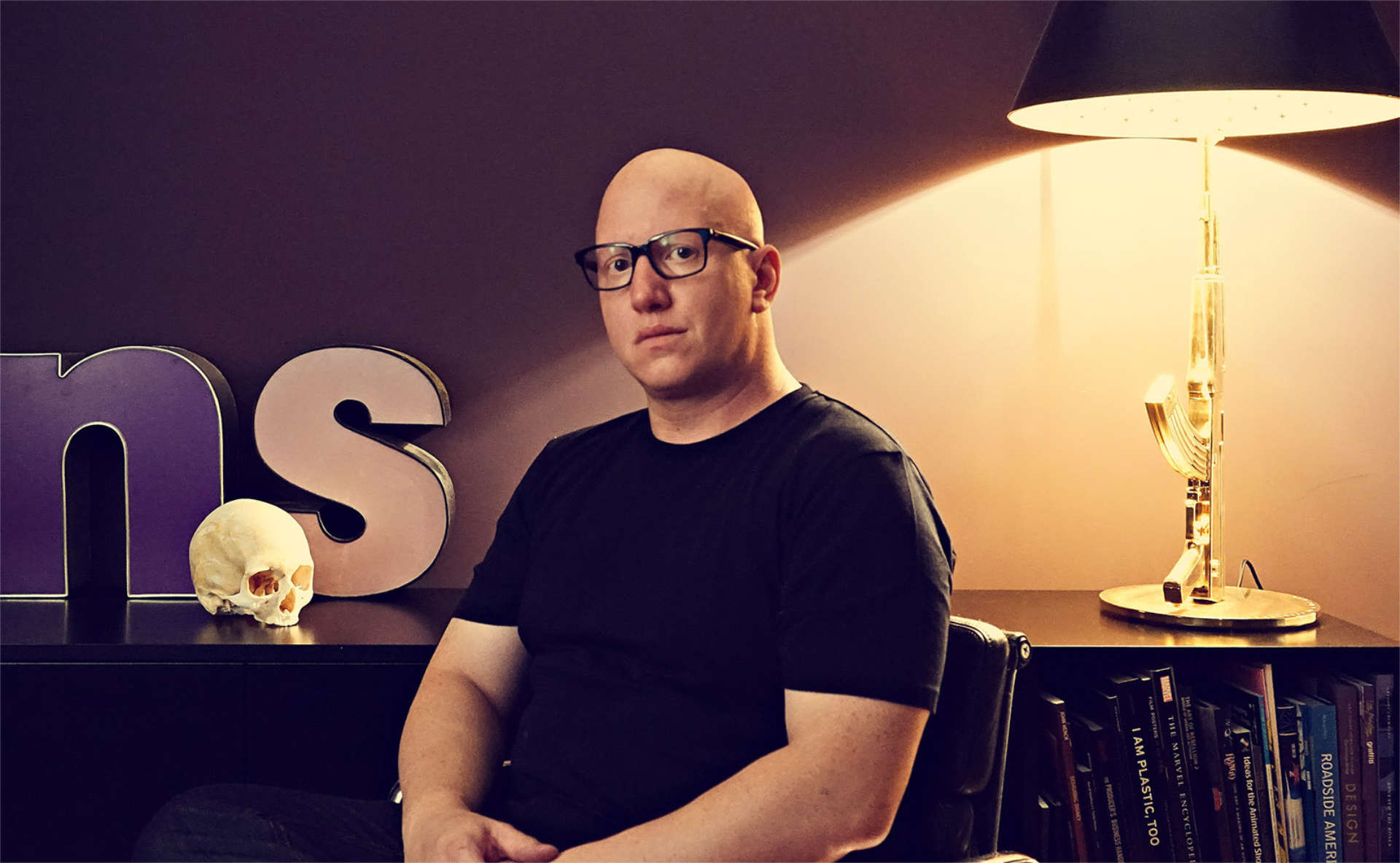
Looking back, what key moments or influences shaped your decision to dedicate your career to storytelling and world-building?
At first, I was thrilled by the possibilities of motion graphics. Bringing movement and effects into graphic design felt like an incredible leap. But over time, I felt something was missing, I wanted to add meaning, to create narratives instead of just visuals. That’s when I began experimenting with characters and character animation in After Effects.
I had no real knowledge of animation principles or rigging, and back then online tutorials weren’t as abundant as they are today. So I experimented, building 2.5D worlds inside After Effects, partly because I had no idea how to use 3D software and, honestly, I found it too technical at the time.
Eventually, I put together a short animated piece. It wasn’t much of a story, but it was fun to make, and I entered it into a small local motion graphics festival. To my surprise, it won first prize. That moment was a turning point, it showed me that storytelling and animation could be at the very heart of my work.
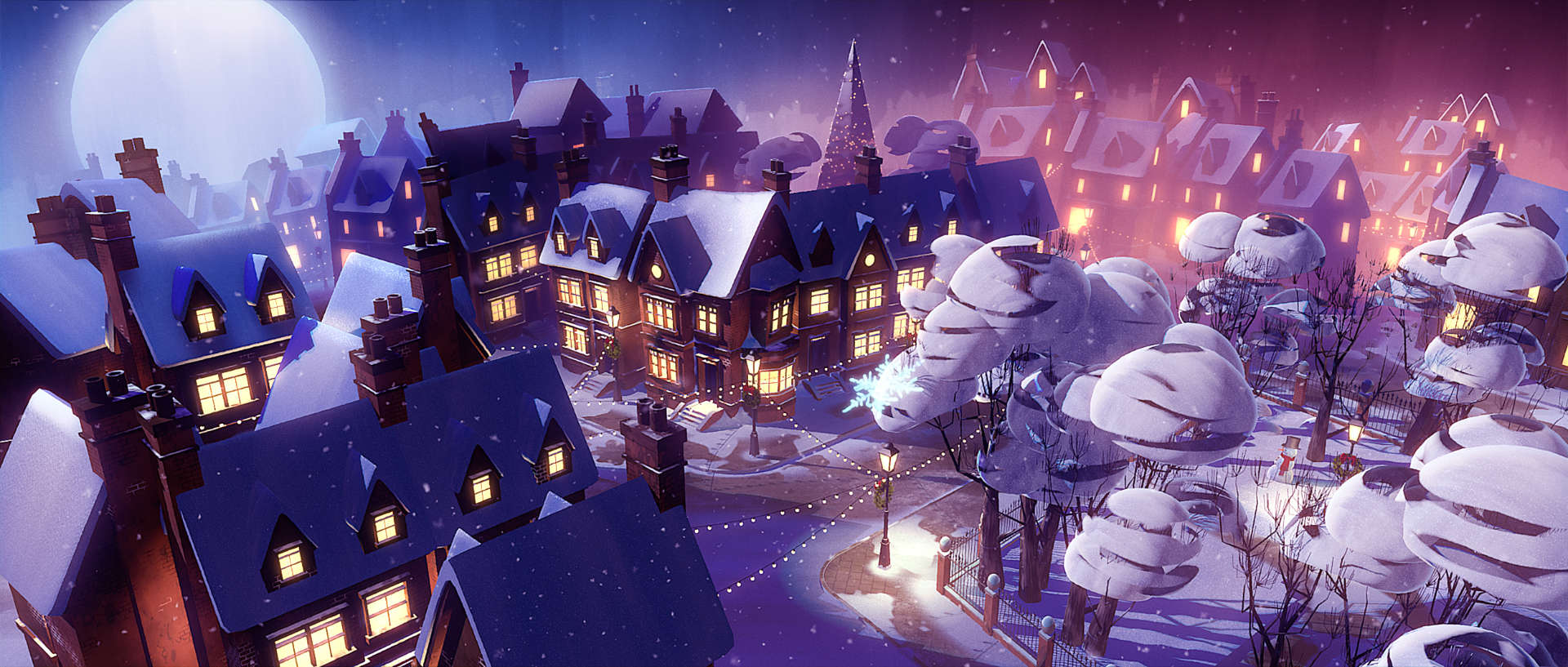
How has working in Switzerland influenced your creative approach and career compared to other markets?
Working in Switzerland has definitely shaped the way I approach projects. The market here is relatively small, which means you can’t afford to specialize too narrowly. Very often you have to wear several hats and cover a broad spectrum of tasks. Over the years, this has taught me how to manage and produce a project from start to finish, from the very first idea to final delivery.
Because of this, I’ve been able to work on a wide variety of projects, both visually and content-wise. That diversity not only gave me a broad skill set, it also helped me discover what I truly enjoy doing most. At the same time, the limited size of the Swiss industry means that international collaborations are essential. And those projects keep my perspective wide, helping me stay connected to global trends and developments in animation.
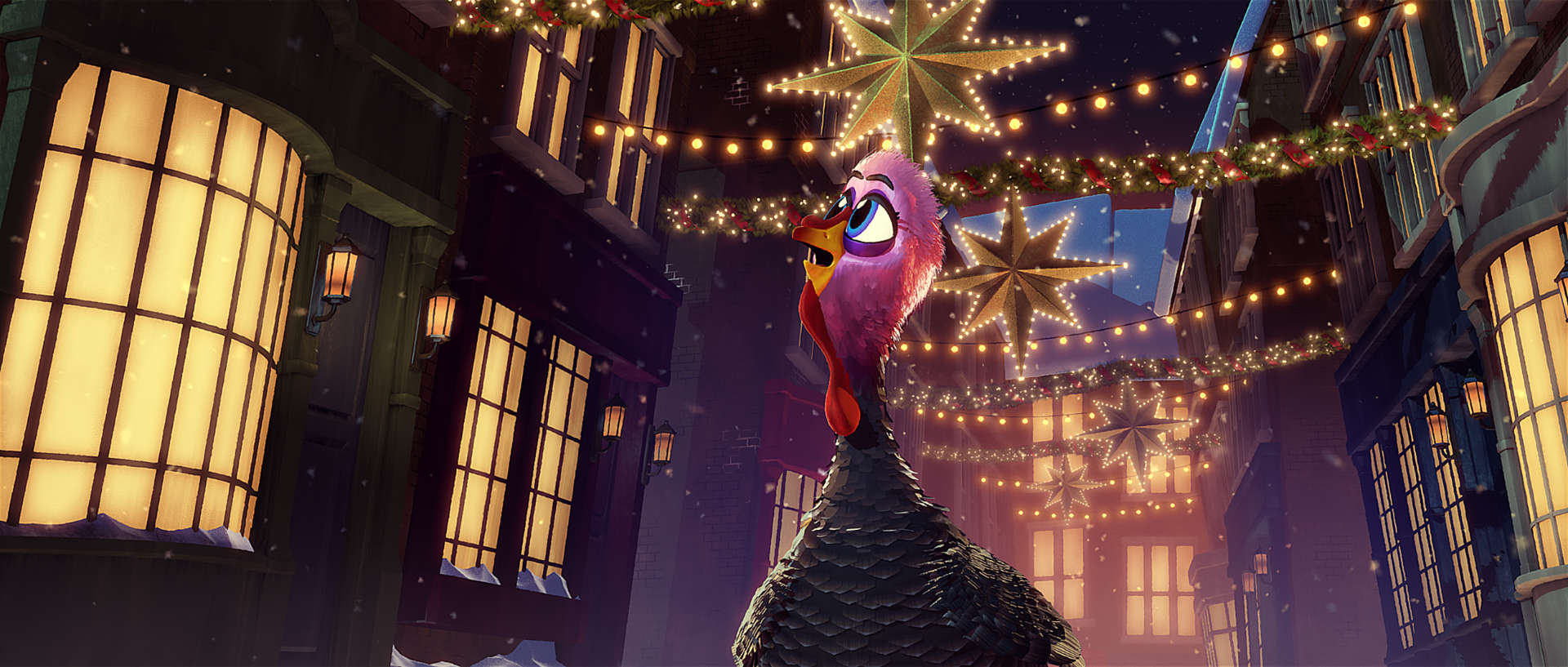
Switzerland is often seen as a smaller but innovative hub in design and communication. What unique opportunities or challenges have you experienced working here?
I actually see it a bit differently. In the 1950s and 60s, Swiss design was truly groundbreaking and world-famous. Today, however, I feel Swiss design, especially in moving images, is lagging behind global trends. The advertising world here is still very focused on live action, and animation or CGI play a much smaller role compared to markets like the UK or the US.
That creates both an opportunity and a challenge. On one hand, the market is small enough that it’s possible to stand out as an animation director. On the other hand, animated content often isn’t taken seriously, it still carries the stigma of being only for children. That’s something I’ve been pushing against throughout my career.
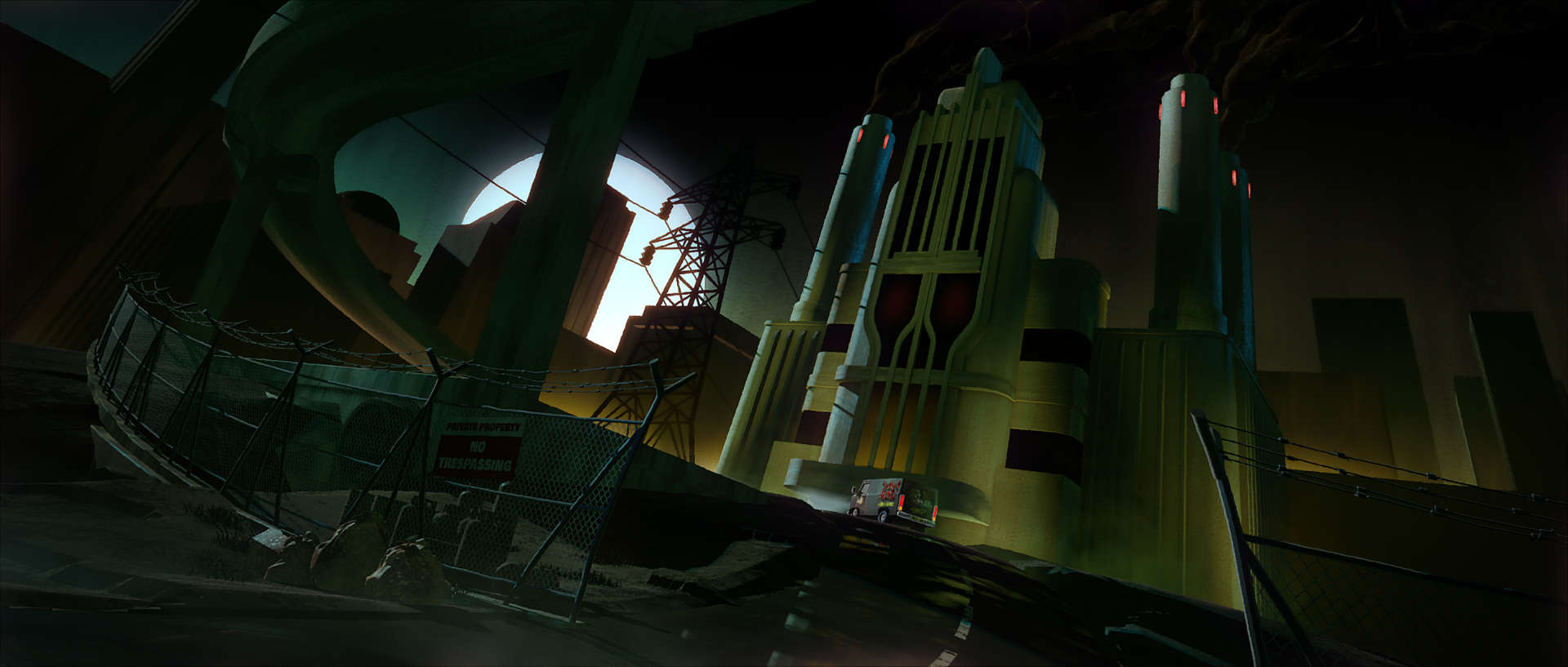
Many of your projects involve humor and detailed storytelling. How do Swiss clients and audiences respond to this creative signature?
Humor can be tricky in Switzerland. It often needs to be more subtle and less over-the-top compared to other markets. But when it’s done right, it connects strongly with audiences here. Storytelling is also something clients increasingly value, though it’s not always prioritized in advertising campaigns.
What I’ve noticed is that international clients often give me more freedom to push character-driven humor and build detailed worlds, whereas in Switzerland there’s sometimes a tendency to play it safer. Still, when clients here embrace it, the response is very positive, because it feels fresh, different, and memorable.
From your perspective, what is the current state of the motion design and animation market in Switzerland?
The market is definitely tougher than it used to be, and that’s not only true for Switzerland, it’s a global issue. But here, the challenge is compounded by the relatively small economy and advertising market. There are only a handful of larger CGI projects, mostly around Christmas campaigns, and the focus is still heavily on live action.
That said, there’s a lot of untapped potential. Swiss brands could benefit enormously from embracing animated campaigns more fully, because animation offers unique storytelling possibilities that live action often can’t match.
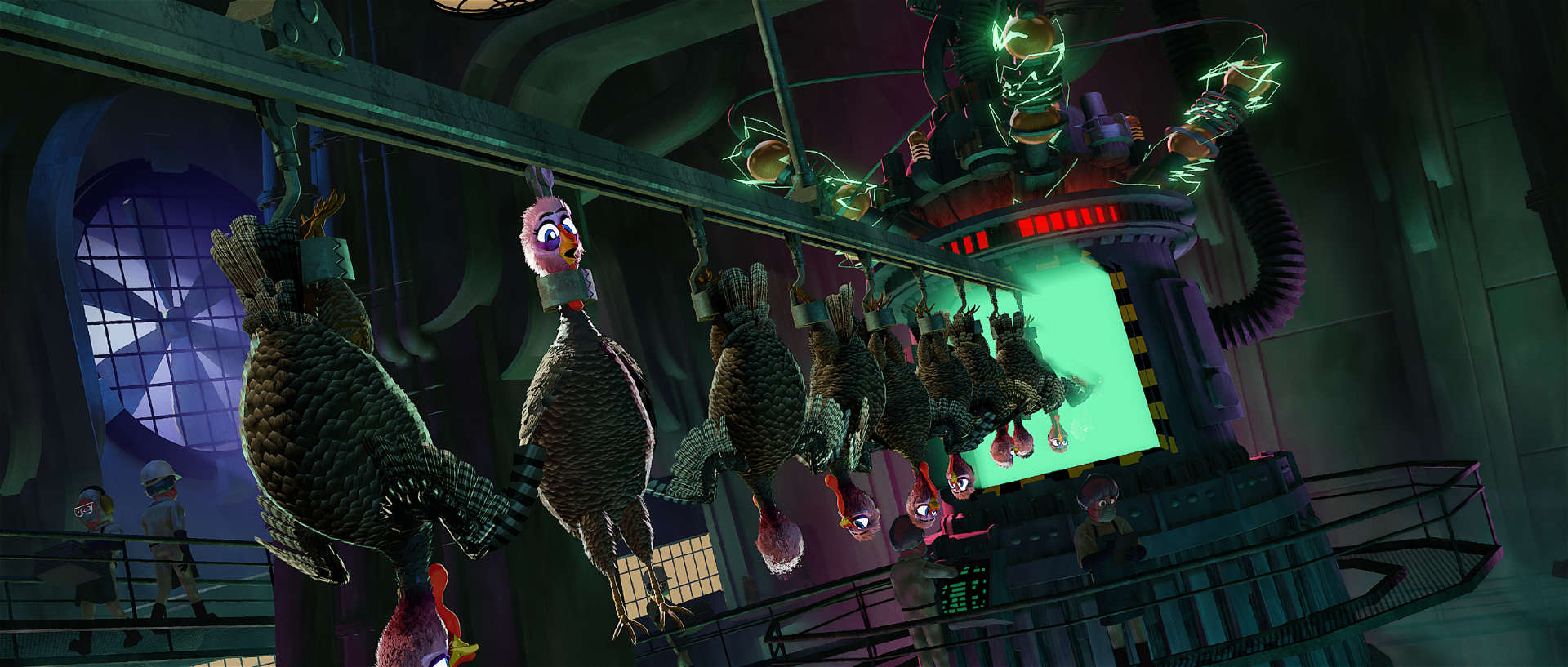
What changes or improvements do you believe are necessary to create better working conditions and opportunities for artists in the Swiss industry?
The larger CGI projects often go abroad, mainly because there aren’t big studios here to take them on. And the reason we don’t have big studios is that the market is too small to sustain them, it’s a bit of a catch-22.
To improve things, we need more animation and CGI projects to originate here in Switzerland. That would give artists more opportunities, help grow studios, and create a healthier ecosystem overall. It’s about building confidence that animation isn’t just a niche but a vital part of communication and storytelling.
Looking back at your career so far, what has been your most rewarding or memorable project?
There are several, but if I had to pick one, it would be the PETA Christmas TV commercial I created two years ago. It’s a 90-second fully animated piece with 18 characters and around 15 highly detailed sets. I made the entire film singlehandedly in about 700 hours.
The project was rewarding not only because of the work itself but also because of the recognition it received. It won two EDIs, including the first ever direction EDI awarded to an animation. That was a very special moment for me, it felt like animation was finally being acknowledged on the same level as live action direction.
If you could design your dream project with no constraints, what would it look like, and who would you love to collaborate with?
I would love to take my work further into entertainment, where the content itself becomes the product rather than being tied to selling something else. In the past, I’ve created several animated short films in my spare time, and I’d love to dedicate more focus to this side of my work.
A dream project would be an animated TV show in the same spirit as my short films, stylized CGI that feels like 2D, with funny anthropomorphic characters, playful humor, and an emotional core that resonates. Ideally, it would have an overarching space theme, expanding into an animated universe that feels both classic and contemporary.
Of course, it would be fantastic to realize most of the production in-house at PULK if possible, and to collaborate with partners who share a passion for bold, character-driven storytelling. I know it’s a long shot, but I think it’s important never to stop dreaming, because ultimately, that’s what keeps you going.
